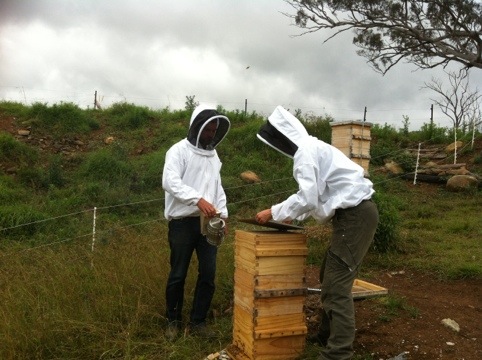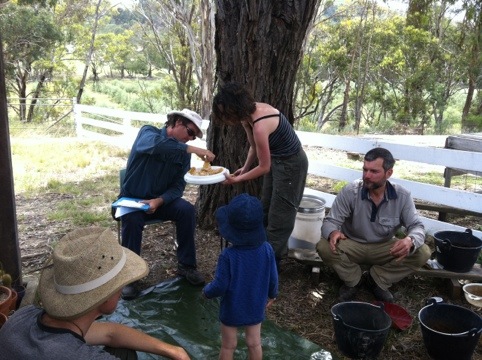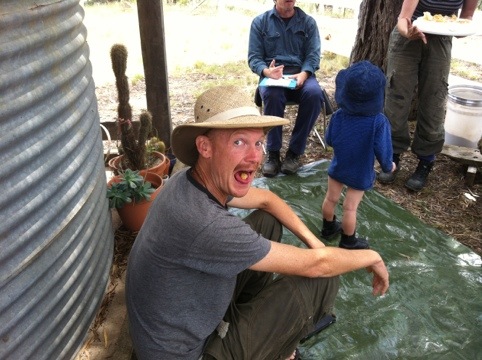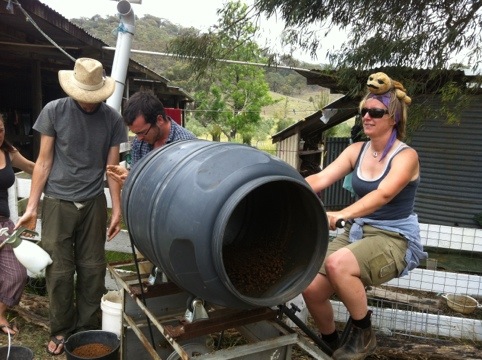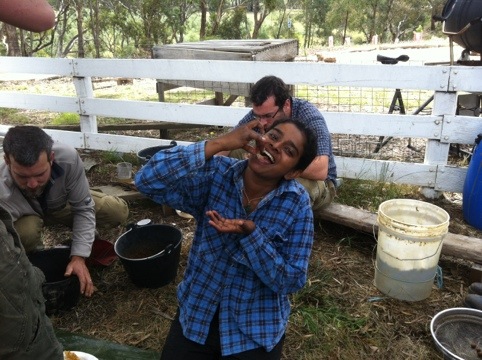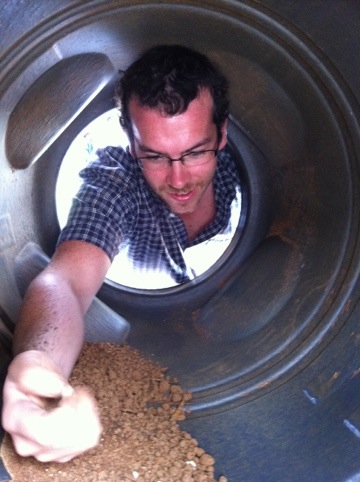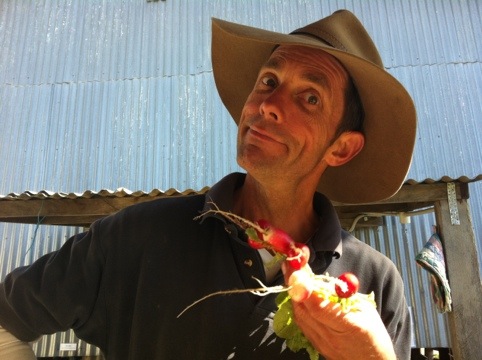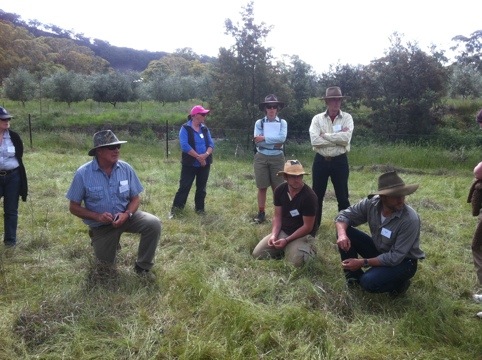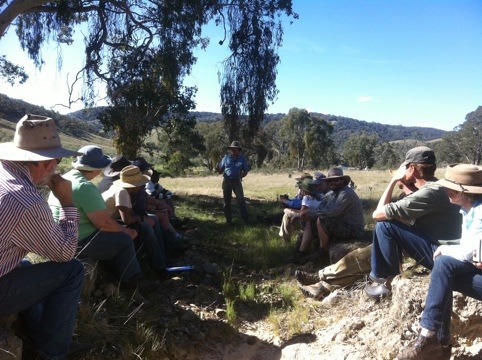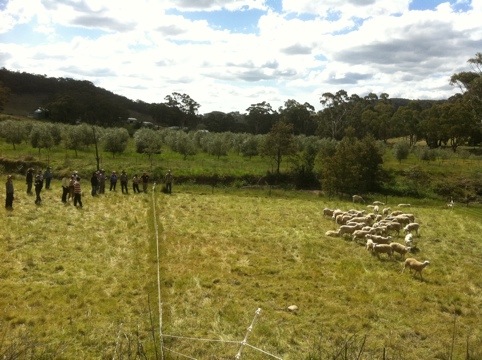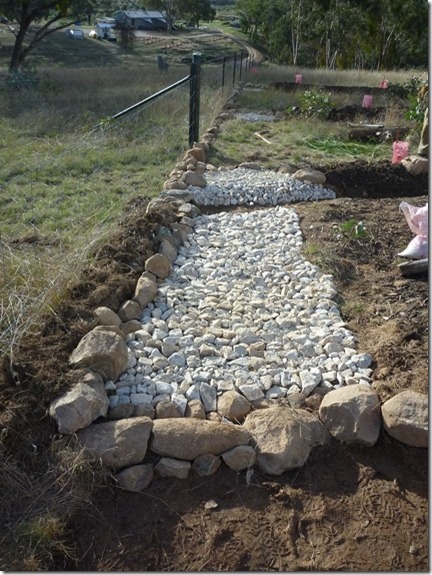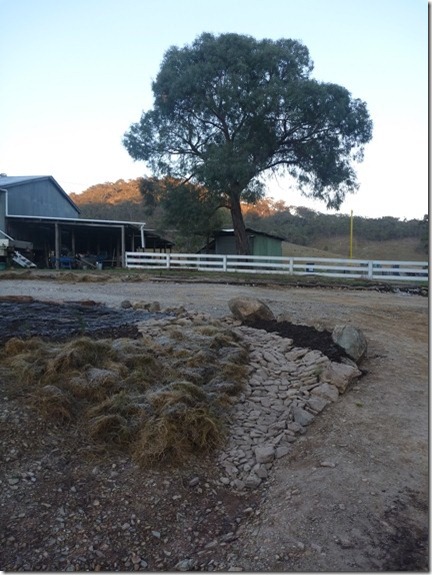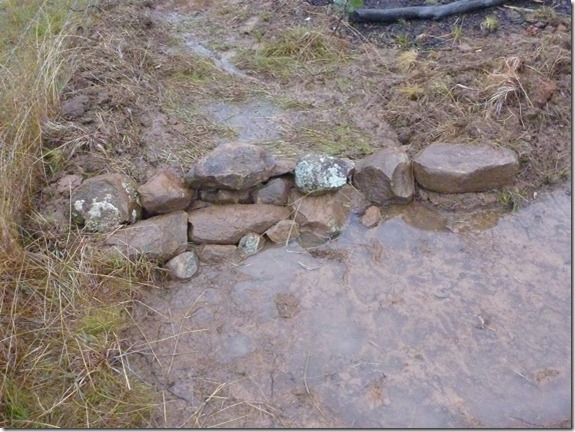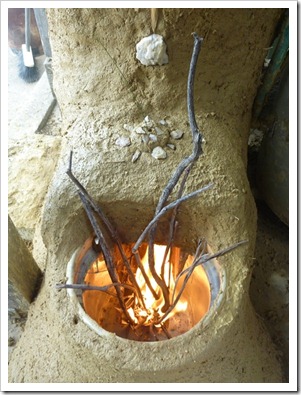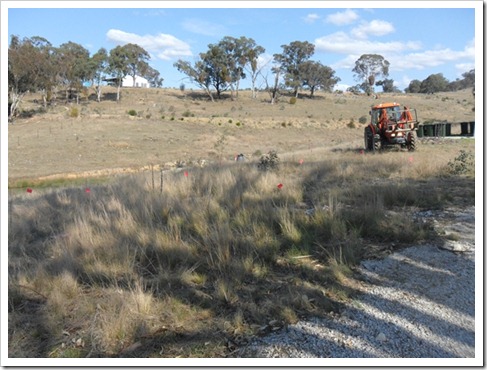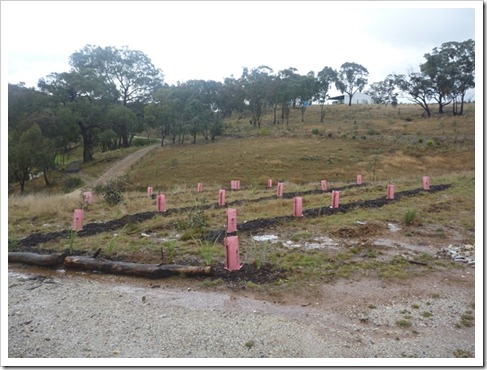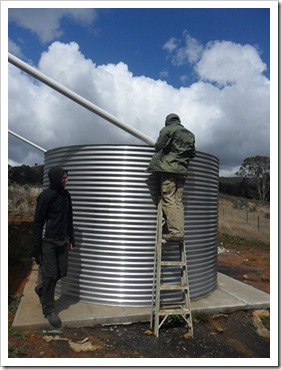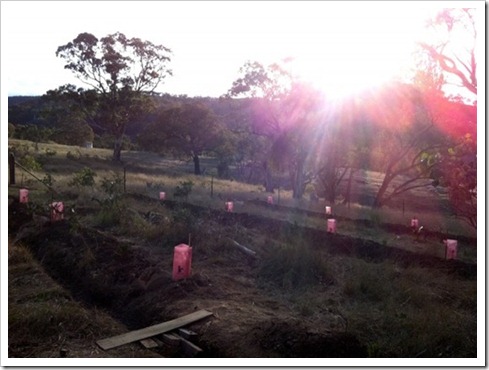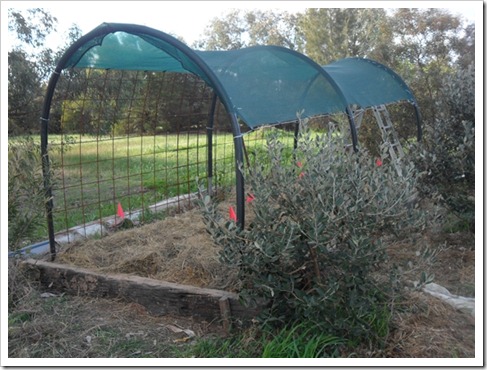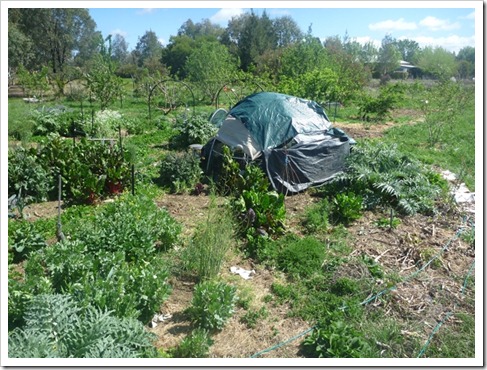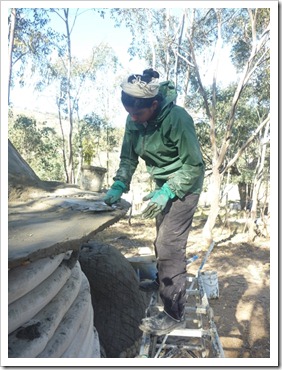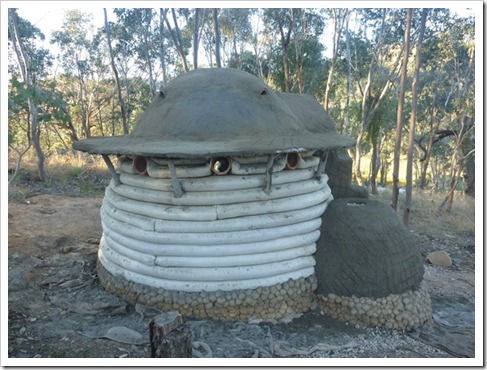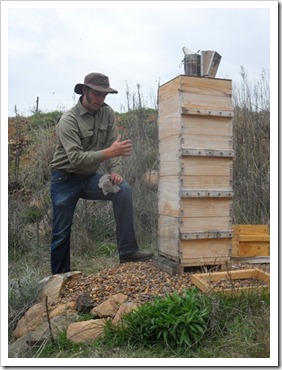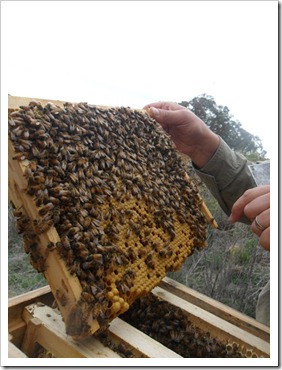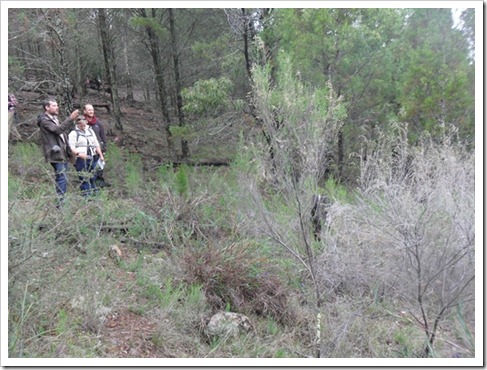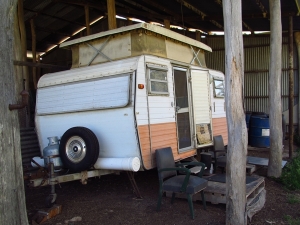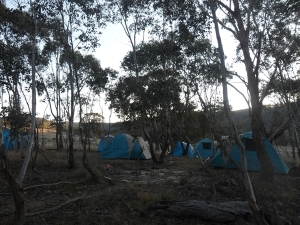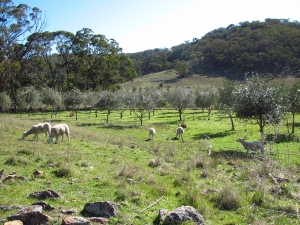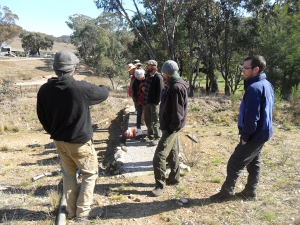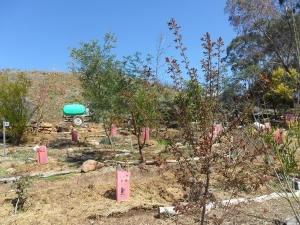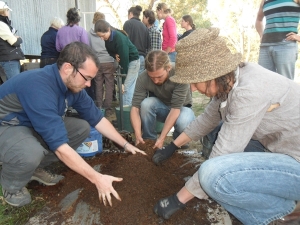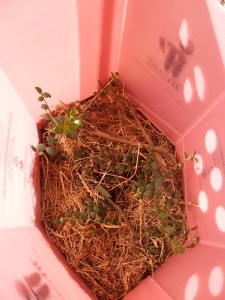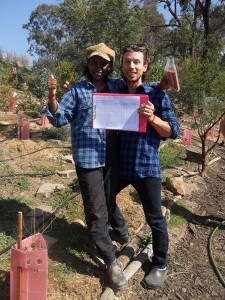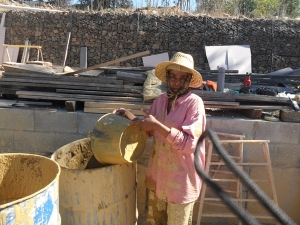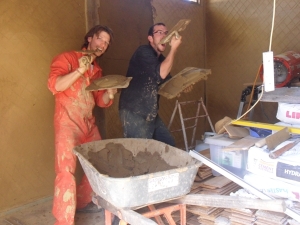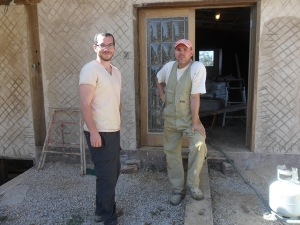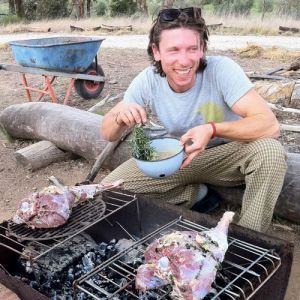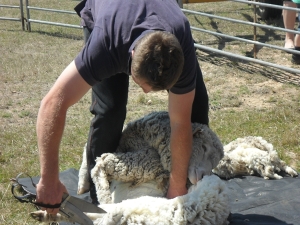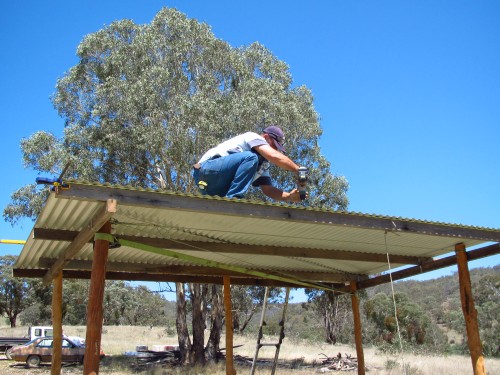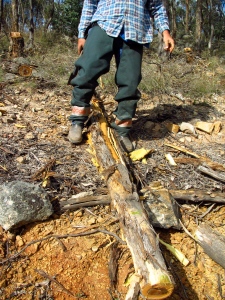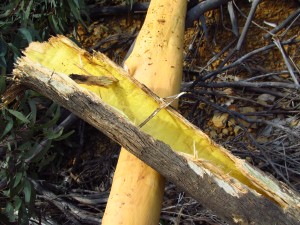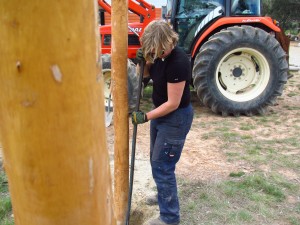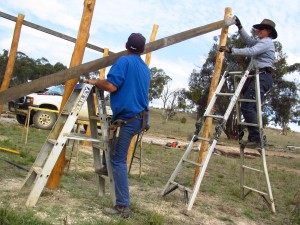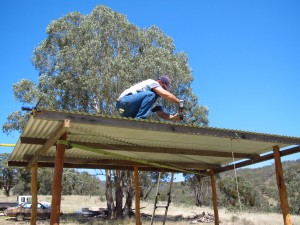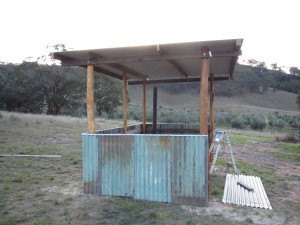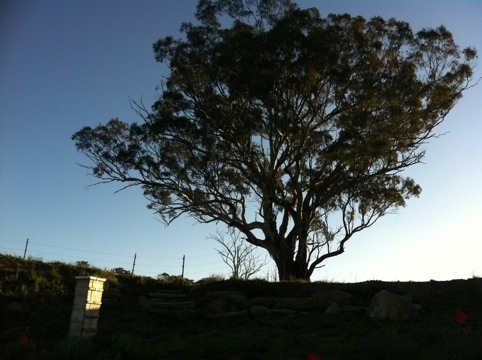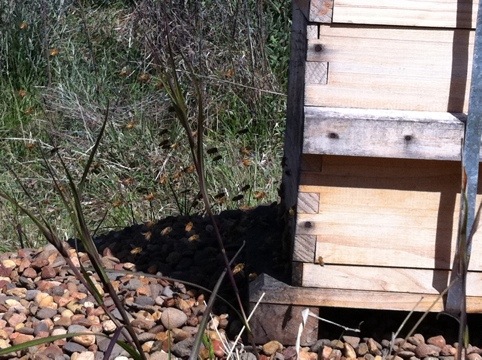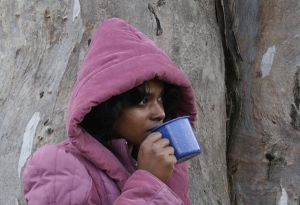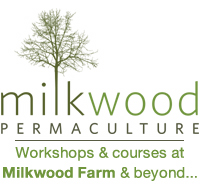Milkwood internship officially came to a close on Monday, three months have passed and it is hard to look back and believe that this all just happened.
I arrived out here with the desire to learn more about permaculture, what is permaculture? And what does it mean to be a permaculturlist?
I had always wished that I had grown up on a farm, nature has always fascinated me and the idea that you could keep a horse in your “backyard” thrilled me.
Life has kept me in the city, kitchens, restaurants, cafes, friends, family, lovers, music, dancing, food, wine, opportunity, endless possibilities, everything you need right there at your finger tips.
It’s amazing, I can not deny that.
I visited my grandmother a few weeks before coming out to milkwood, my family are migrant Italians and arrived here in the late fifties. My grandmother is 86 years old and still doesn’t speak English.
During our conversation she asked what I was to be doing out here, the word permaculture doesn’t exist in her vocabulary, so I just said I was going to learn how to be a farmer.
My grandmother grew up working the land in the south of Italy, her only real memory of farming was post war hardship, so of corse her reaction was with shock a disappointment.
Working outdoors under the warming sun, growing food to feed our families and share with community, raising animals to provide companionship, food and energy, managing the forests to ensure that timber needed to warm our homes, provide us with energy and build structures in our community could always come locally and be renewed, growing up with multi generations, having family, friends and community around to share and exchange skills and education with, managing the land so as to ensure that we passed it on in better condition then we found it.
Since when did we decide that these actions were not noble?
Permaculture = permanent culture = permanent agriculture = farmer = family = people = community = food, nutrition and energy from a sustainable resource = humans co-existing with their environment = life.
I have found inspiration and positive direction out here at milkwood. Thank you Kirsten and Nick for manifesting and materializing this place, your commitment to people care, land care and fair share is awesome.
To all my fellow interns, teachers and colleagues come great friends, it has been an amazing pleasure to connect with you all, sharing stories and gaining new one together, thank-you. Admiral Couling, thank you for your energy, enthusiasm and grounding nature. Trevor, three words for you, wisdom, intellect, carer, you are an indispensable part of community. And in the famous words of Eugenio Gras our bio-fert guru, Rosalita es un amore!!! Rose you have been amazing and at the epicenter of our existence here, thank you for nourishing us!
To all future Interns, don’t forget to bring a good pair of gloves, a positive and enthusiastic can do nature, and a good appetite.

